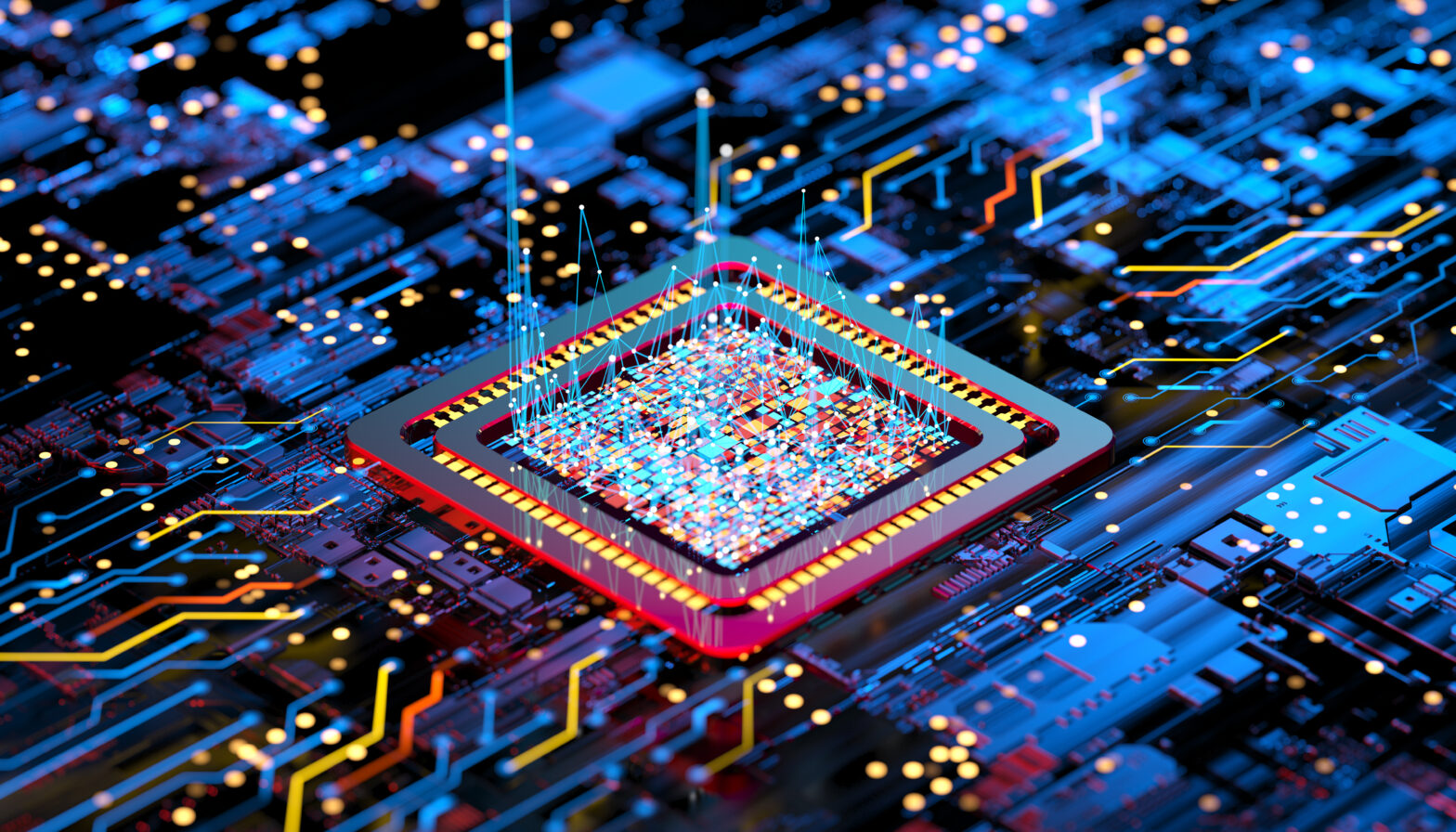Not since the industrial revolution has the manufacturing industry faced the kind of disruption it is seeing at the moment. As a result of changing customer habits, combined with massive leaps in computing power and connected devices, we are seeing completely new ways to design and build everything and anything.
Looking ahead, here are the top three technologies that will shape and set the trends in manufacturing technology.
The rise of generative design
Thanks to advances in design software and computing, software can now design the optimal part based on the parameters governing how the part needs to perform. For example, you can specify the loads a new bracket has to withstand during aircraft operation, and then the software can design the bracket, without human input.
> See also: Could the IoT in manufacturing tackle the global problem of food waste
This can provide a set of design solutions that are inherently different to the shapes created with traditional design methods.
For example, the traditional way of designing a Formula 1 Hoop would be starting with an idea, designing it on a computer and testing it with analysis software. With generative design you start by describing the end goal and what needs to be achieved, which the computer then uses to create a series of potential design solutions.
In the same amount of time you’d take to design one product, you’d have several computer generated designs to choose from.
The emergence of hybrid manufacturing
Of course, new shapes require new manufacturing processes, and this is where additive manufacturing – or 3D printing – comes into its own, as it enables the complex geometries that are typical of generative design to be created more easily than traditional methods.
However, this is only part of the story, as additive manufacturing is not always the best manufacturing process for some designs.
Taking a simple example, it is much more efficient and more accurate to create a hole in something with a drill than with additive manufacturing. At the same time, subtractive manufacturing can be incredibly wasteful, with large amounts of the original material being discarded in order to get to the finished shape from a block of an expensive material like titanium.
By combining the two processes in a hybrid approach, the manufacturing industry can take advantage of the best of both techniques. 2016 will see this combination of processes grow in use.
New robotics capabilities
Robotics has been talked about a great deal in 2015, but 2016 will see more businesses taking advantage of these technologies. Traditionally, robots in the manufacturing process have been used to do a limited range of repetitive tasks, mainly in handling materials and components.
While this is now well established on large scale production lines, we’re now at a point where robots are capable of so much more. In particular, we can connect robots to a broad range of sensors, which allows them to capture information about the parts they’re working on.
This data can then be fed back to the control system, which can then make adjustments to the robot’s operation and drive greater efficiency and higher accuracy during the process.
> See also: The future of making things: how manufacturing is undergoing a digital revolution
A great example of this are autonomous dump trucks used at Rio Tinto’s Pilbara mining site; the driverless vehicles provide higher safety for operators who are able to control the machines remotely while also making it possible to deliver the loads with higher efficiency and minimise delays and fuel use.
Across the manufacturing spectrum, from SMEs to enterprises, everyone has access to new technologies such as generative design, hybrid manufacturing and robotics at some level, and the impact of not adopting them is increasing.
This year and beyond they will play an integral part in manufacturers staying ahead of the innovation curve or else they risk falling behind and losing out to competitors.
Sourced from Carl White, Director of Manufacturing Engineering, Autodesk





